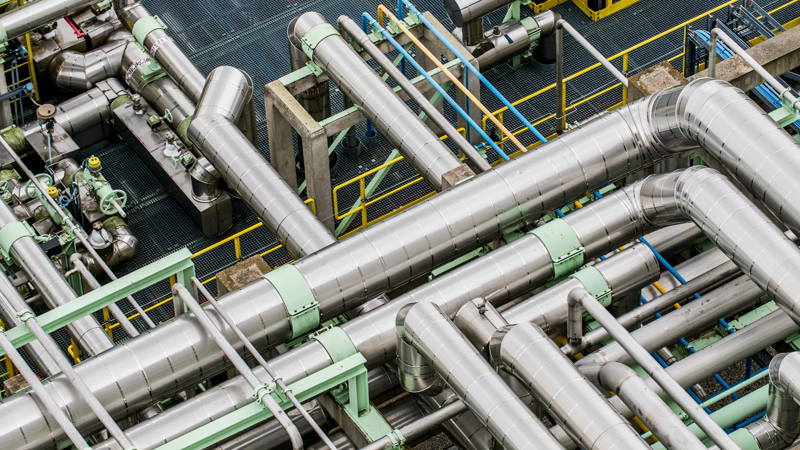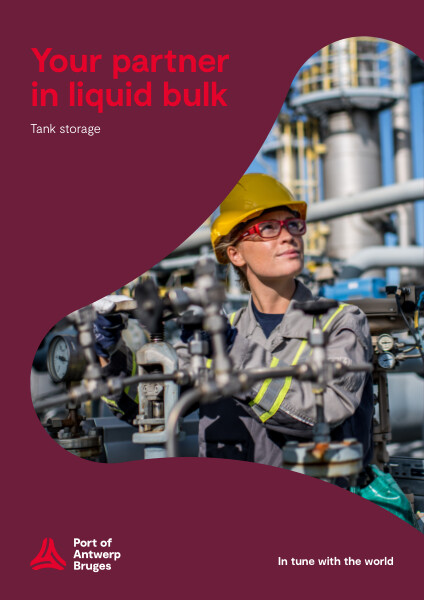Chemicals
In the heart of the European oil and chemical industry, Antwerp and Zeebrugge play a crucial role. Antwerp in the middle of a unique chemical cluster and Zeebrugge as a hub for the storage and transshipment of LNG.
Chemical hub in Antwerp
In Port of Antwerp-Bruges, cargo handling, industry and logistics go hand in hand. The port is home to the largest integrated chemical cluster in Europe.

Integrated chemical cluster
The high degree of integration and diversity throughout the value chain of the chemical actors based here is unique in the world. It brings some of the most cutting-edge logistical experts together for the safe storage, handling and distribution of oil, chemical products and gases.
The refineries of TotalEnergies and ExxonMobil, and the three steam crackers in the port ensure the stable local availability of raw materials. In addition, several lubricant production sites are based in the port area.

The close cooperation between the companies, both in the chemical cluster at the production level and in the field of energy and services such as sustainable waste treatment, ensures extremely cost-efficient production.
Various global players in the chemical production sector are based in Antwerp, either logistically or with a production unit.

Antwerp as a hub for polymers
Antwerp is the leading polymer hub in Europe for the production, handling and distribution of plastic pellets. Every year, millions of pellets find their way, via the port of Antwerp, to other hubs in Europe.
Various companies at the port of Antwerp have specialised in handling, storing and repackaging plastic grains.
In addition, they also offer quality control, stock management and distribution, or even specialised services such as blending or optical sorting, among other things.

The pellets are stored in bags on pallets, in octabins, in ‘big bags’ or as bulk goods in silos. There are more than 1,300 silos at the port, accounting for 680,000m³ in storage capacity, of which more than 430,000m³ is available to third parties.
Extensive pipeline network
Port of Antwerp-Bruges owns and controls 720 km of pipelines, 90% of which serve the chemical and petrochemical industry and its hinterland. Within the port area there are more than 1,000 km of pipelines, managed both by private companies and by Port of Antwerp-Bruges itself.
Worldwide distribution
Port of Antwerp-Bruges is the perfect transhipment hub for chemicals, with direct services to 1,300 ports in North & South America, and West Africa. It is also the perfect location for the European market.
Antwerp is known around the world as a European distribution hub.
The port owes this position, among other things, to its excellent connectivity with overseas destinations and the European hinterland, and its strategic location close to the main European production and consumption centres.

Fluxys LNG terminal
Zeebrugge has had infrastructure for the storage and transshipment of LNG since 1987 and is one of the main entry points for LNG supplies in Northwest Europe. The Fluxys LNG terminal was built for loading and unloading ships carrying LNG.
The LNG is temporarily stored in buffer tanks with a capacity of 9 billion m³ of LNG on an annual basis. The LNG is transported via the distribution network, on LNG ships or LNG trucks.









